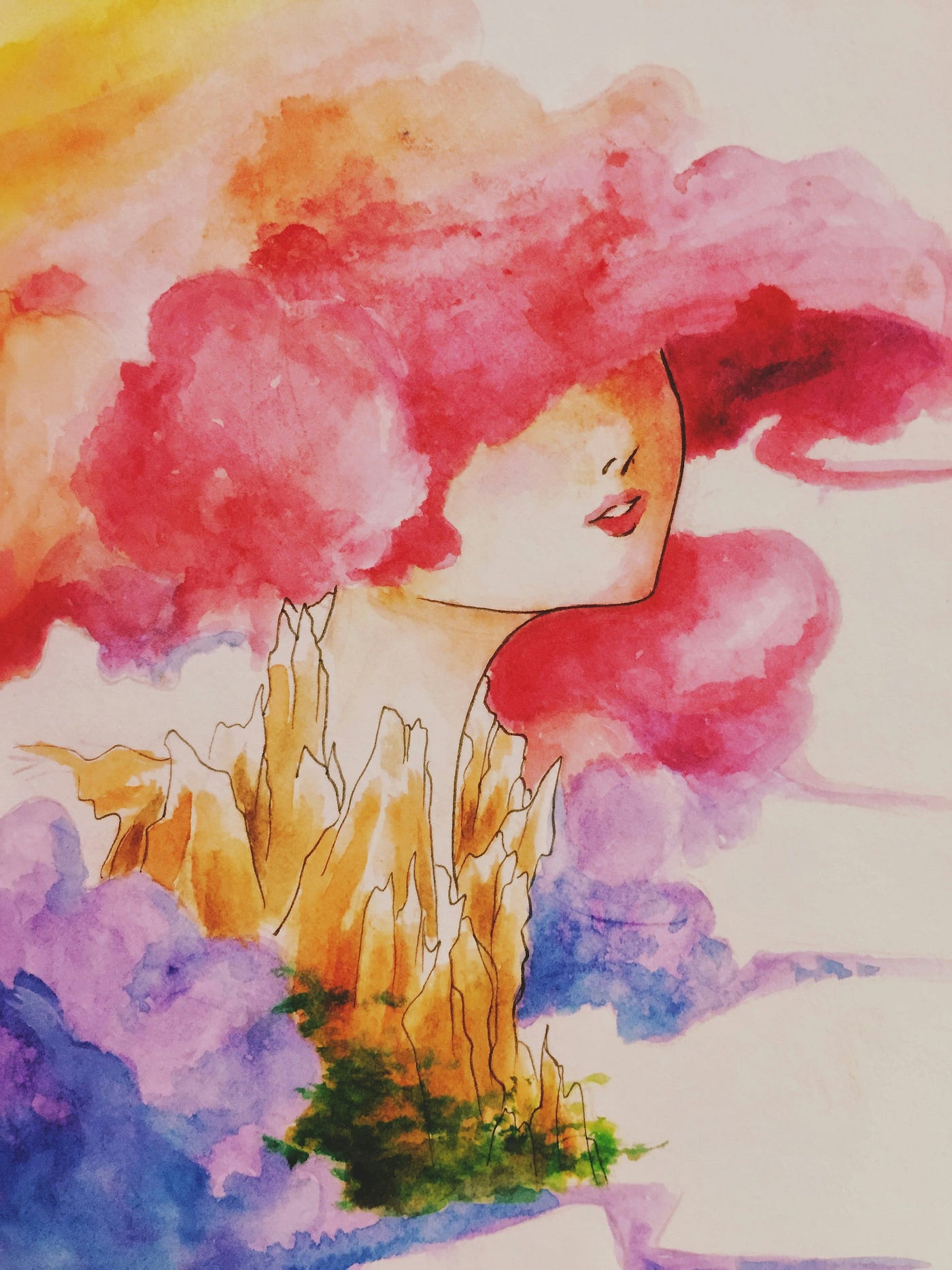
“The role of the artist is to ask questions, not answer them.”
— Anton Chekhov
I am a rebel. While so many strive to turn psychotherapy into a perfect science, I see it as more art than science. Yes, science provides the framework and tools, but the true essence of therapy lies elsewhere. It is in the humanity, the connection, the spark that occurs when two people dare to explore the depths of the mind together. It is in the way a therapist reads between the lines, weaves stories, and holds a space where creativity and healing can unfold. It is not calculation; it is creation.
In therapy, as in art, there is no final truth, no fixed formula. The value lies in opening doors to deeper understanding, holding space for ambiguity, for pain, for growth. It is not about solving or fixing; it is about creating. A therapist, like an artist, does not follow a rigid blueprint but instead works with the raw, imperfect material of the human inner world, crafting space for discovery, for transformation, for rebirth.
A therapist is a sculptor of insight, chipping away at the stone to reveal the hidden forms within. They are a painter of perspective, blending colours of emotion and thought until a new picture emerges. They are a poet, weaving threads of connection and meaning, not with definitive answers but with the endless possibilities of the human experience. Therapy, like art, requires courage — not the absence of fear, but the willingness to stand in its presence and create anyway.
When a mind comes to therapy, it is no blank canvas. It is a canvas that has been painted on again and again — streaked with the bold strokes of joy and sorrow, layered with the muted shades of fear, regret, and longing. Therapy is not about erasing the past or covering it with white. It is about stepping back to truly see what is there, examining the strokes, peeling back the layers, and deciding:
What do I keep? What do I paint over? What do I create anew?
Perfection is not the goal. Life, like art, is never perfect. It is raw, chaotic, and layered with contradictions. Therapy, too, is about authenticity, about finding beauty in the messiness. It is about realising that failure is not the enemy of progress but its most valuable companion. The misplaced stroke, the stumble, the break — these are not mistakes; they are invitations to create something unexpected, something more real.
The therapist holds the space where this can happen. Like an artist approaching a blank stretch of canvas, they bring patience, presence, and the courage to explore. Some clients will come ready to add new colours to their lives. Others will come to strip away the old paint and expose what has been buried underneath. And some will need to sit with their half-finished masterpiece, learning to accept it as it is before deciding how — or whether — to continue.
There is no rush. Art does not happen quickly, and neither does healing. Therapy is not a race to finish the painting. It is a slow, deliberate process of discovery, one that respects the client’s pace and honours their story. Each stroke, each insight, each breakthrough is part of the process, part of the creation of something unique and beautiful.
Therapy is a rebellion of sorts, a refusal to force human experiences into tidy categories or predictable outcomes. It is a dynamic, unfolding process that respects the individuality of every person who enters the space. It is not just about logic or analysis; it is about emotion, intuition, and humanity. It is more art than science, more connection than calculation.


